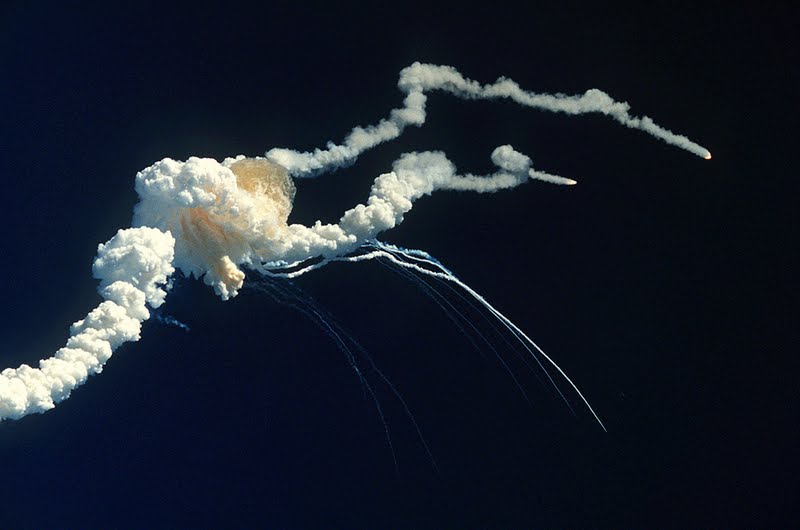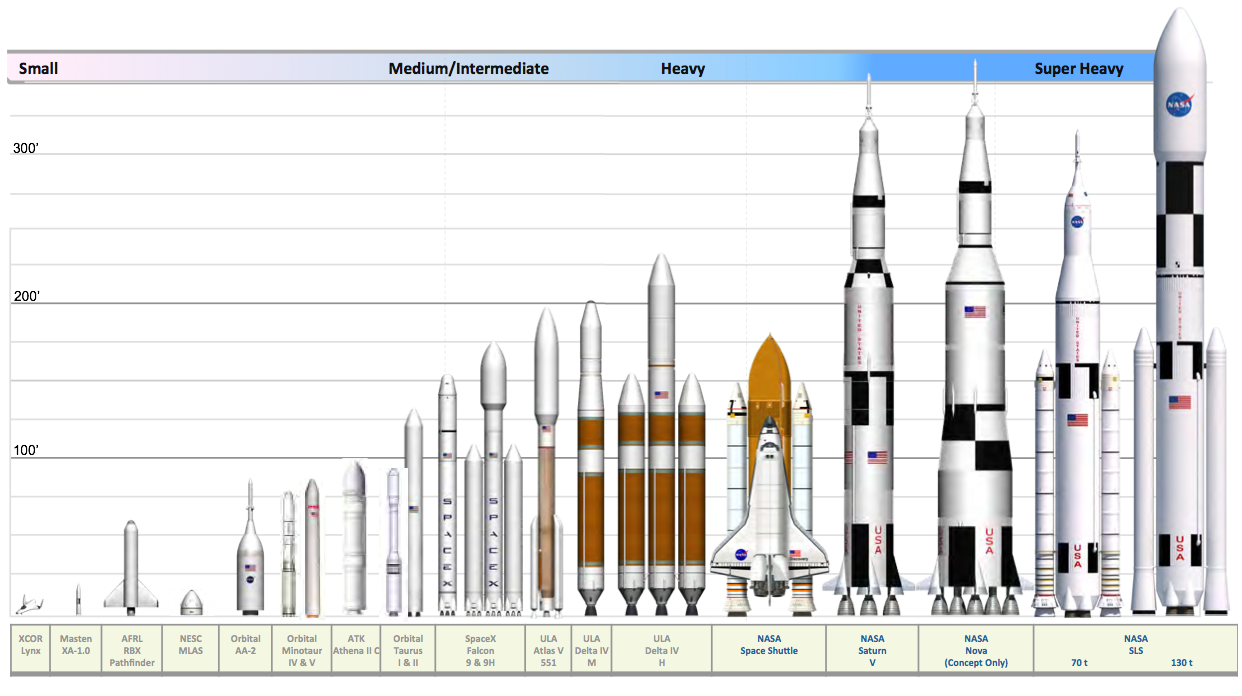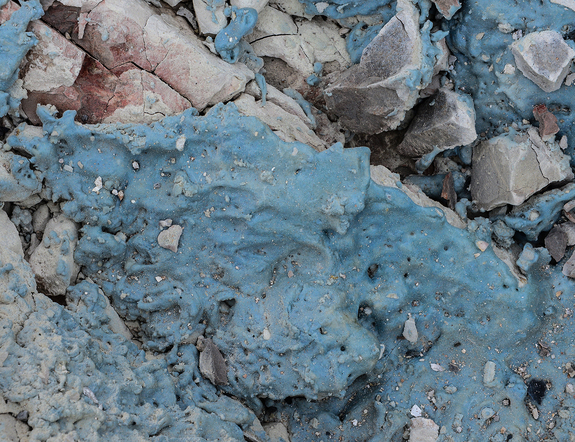HardOCP News
[H] News
- Joined
- Dec 31, 1969
- Messages
- 0
Why couldn't NASA wait another six days to test fire this bad boy? Think of all the money they could have saved on fireworks in that town by cranking the angle up a bit and letting it rip at sundown.  Also, those of you not interested in really long countdowns should skip to the one minute mark or so.
Also, those of you not interested in really long countdowns should skip to the one minute mark or so.
![[H]ard|Forum](/styles/hardforum/xenforo/logo_dark.png)






